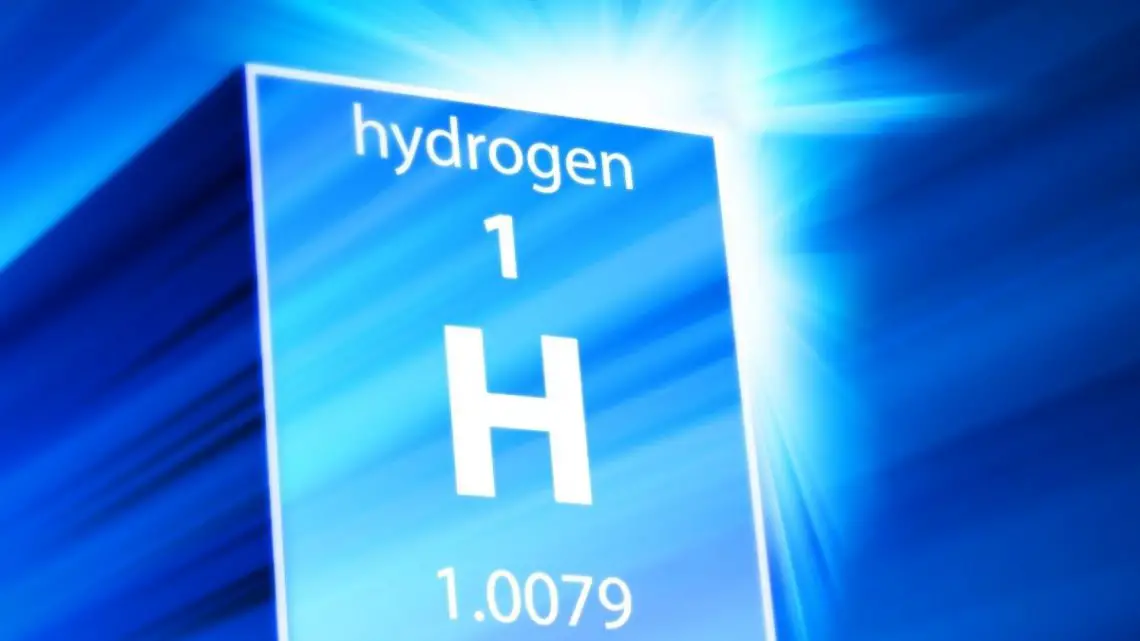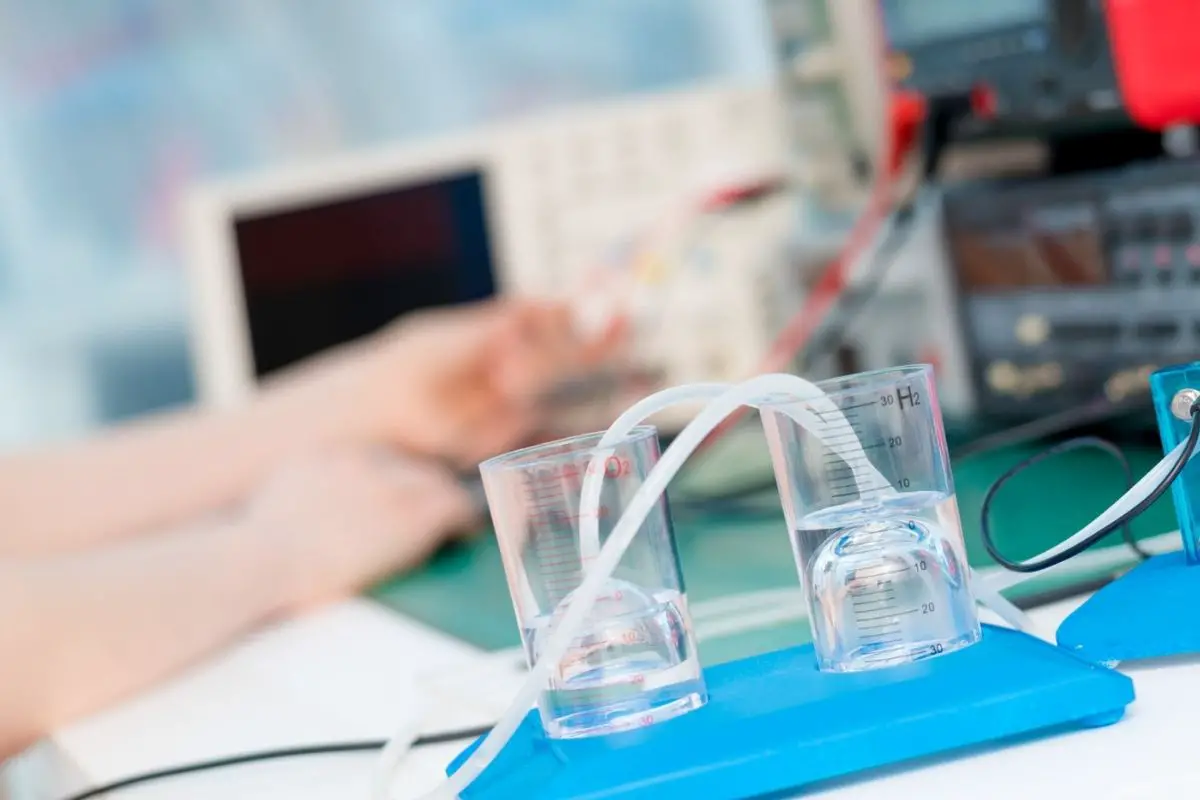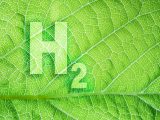
Fraunhofer targets hydrogen adoption with improved electrolysis system efficiency
August 19, 2021The company has joined a research project aiming to accelerate H2 use with tech enhancement.
The Fraunhofer Heinrich Hertz Institute (HHI) has announced that it is taking part in a new research project meant to accelerate hydrogen adoption. Its main focus is to examine water electrolysis in order to achieve improve efficiency.
This strategy is meant to improve electrolysis to the point that H2 will become a widely available fuel.
The collaborative hydrogen adoption project in question is InnoEly, which first started in May and is expected to continue until April 2024. The project received €1.2 million in initial funding from the Lower Saxony Ministry of Science and Culture.
The research team at InnoEly is aiming to boost electrolysis efficiency in order to reduce the cost of adopting H2 as an alternative to greenhouse gas producing fuels. To achieve this goal, the team Is working on the development of a new novel catalyst unit. They are aiming to boost the efficiency level of the current conventional water electrolysis technology to the point that it reaches at least 75 percent.
The InnoEly project will examine the entire H2 production process to support hydrogen adoption.
InnoEly’s research team will delve into every component of the H2 production process to improve efficiency at every stage. The partners in this project are developing a modeling and characterisation component toolbox. With it, they will equip themselves for enhancing all three forms of relevant technology in water electrolysis. Those three technologies are acidic proton exchange membrane electrolysis (PEMEL), alkaline electrolysis (AEL) and high temperature electrolysis (HTEL).
Fraunhofer’s specific focus will be on examining the electrodes currently in use for achieving electrolysis. It will also look into new electrode components that have been developed by other project partners. The company will employ a femtosecond laser structuring process in order to functionalize various types of material to be used as electrocatalysts. Examples include nickel foams and support plates.
By taking on the challenge of energy loss, the researchers hope to improve the efficiency of the process enough that hydrogen adoption will become far more obviously viable for governments, companies and other organizations.



 With over 15 years of reporting hydrogen news, we are your premier source for the latest updates and insights in hydrogen and renewable energy.
With over 15 years of reporting hydrogen news, we are your premier source for the latest updates and insights in hydrogen and renewable energy.
Scientist have focused on for many years. First, to find the best carbon catalyst to use in electrolysis, primarily with salt water. Also, a similar carbon catalyst that can be used in fuel cells cheaply. Next to find the best solar panel materials with the highest efficiently avoiding the use of rare earth elements. Then to focus on finding the best battery material to use for electric grids and common transportation. Finally, to understand fully the importance and reason to use an electromagnetic (magnetic) field to improve many of these processes. Please note, the salt water produced on Earth and an atmosphere able to sustain life came into being within an electromagnetic field using an abundant catalyst made of iron, nickel and phosphorus, the essential core elements of our Earth. Please consider this in your quest to understand the electrolysis processes and do use this knowledge to improve them. The science works well.
Thank you! We have a world with endless energy.